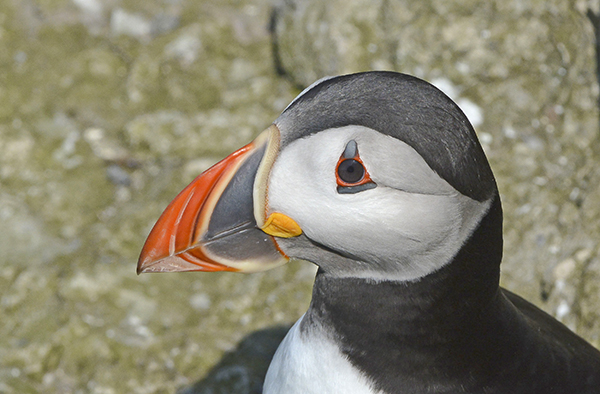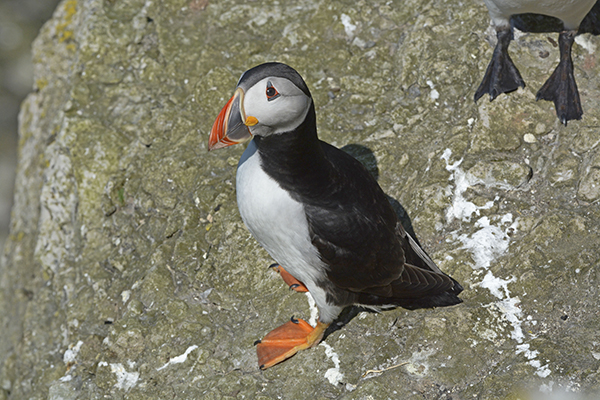Here she is:
And here are the ringing details received from the BTO:
Here are the details of a ringed bird you have reported.
| Species: | Blue Tit (Cyanistes caeruleus) | Scheme: | GBT | Ring no: | L406788 |
Ringing details
Age: 3 Sex: F Sex meth: U P.ringed: 0 P.alive: 0 Condition: U
Colour marks added: - Metal marks added: N Act1: U Act2: U
Ringing date: 08-Oct-2015 14:30:00
Reg code: WOO Place code: 001 Site name: Woolston Eyes, Warrington, Warrington, UK
County code: GBWAR Grid ref: SJ6588 Accuracy 1 Co-ords: 53deg 23min N -2deg -31min W Accuracy 1
Hab1: B7 Hab2: --
Biometrics: Wing: 62 mm. Weight: 10.4 g. Time: 14:30:00hrs
Remarks:-
Ringer: Merseyside RG, 9058
Finding details
Ring not Verified Age: 5 Sex: F Sex meth: U
Colour marks added: - Metal marks added: - Act1: U Act2: U
Finding date: 12-Jun-2016 10:00:00
Reg code: - Place code: BACCRO Site name: Backford Cross, Cheshire, UK
County code: GBCHE Grid ref: SJ3873 Accuracy 0 Co-ords: 53deg 14min N -2deg -55min W Accuracy 0
Hab1: F2 Hab2: --
Biometrics: Wing: 62 mm. Weight: 10.1 g. Time: 10:00:00hrs
Finding condition: 8:20 Movement: 9
Controlled Intentionally Taken
Remarks: -
Duration: 248 days Distance: 32 km Direction: 238deg (WSW)
Finder: P S Woollen, 3093
Reference 23062016DISC
BTO, The Nunnery, Thetford, Norfolk IP24 2PU. Tel 01842 750050 e: recoveries@bto.org w: www.bto.org/ringing
Registered Charity No 216652 (England & Wales, SC039193 (Scotland) Registered in England and Wales No 357284
I wasn't far out when I guesstimated 30 km!
I've now controlled a total of 5 birds in the garden - 2 Long-tailed Tits, Great Tit, Redpoll and now this Blue Tit. I've also had two of my birds controlled - 2 Siskins earlier this year.






















































































